International Women's Day or International Working Women's Day is an international day celebrated on March 8 each year and defined by the United Nations. Women who have done important works in many fields have also done very important works in the world of science . Here are the women who undersigned works that made a voice in the world of science ...
one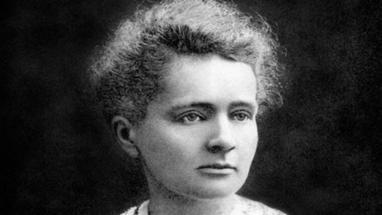
Marie Curie
Born in 1867, Curie is known as a Polish chemist and physicist. The famous scientist, also referred to as Madam Curie, attracted attention with her numerous studies on radioactivity and was awarded the Nobel Prize in two different fields. In July 1898, Curie announced that he found the new radioactive element, the polonium, which emerged from the radioactive decay of uranium. He received his PhD in 1904 and became the first woman in France to receive a PhD in advanced science.
2nd
Ada Lovelace
He is an English mathematician and writer who lived between 1815-1852. He is mainly known for his work on Charles Babbage's early mechanical general-purpose computer Analytical Engine. Lovelace is a major contributor to the computer programs we use today. Charles Babbage was working on a primitive computer called "Difference Machine" in the 1800s, although it is far from the computers we use today. This computer, which is thought to have the potential to digitize music, pictures and writings, came to life thanks to the algorithm created by Ada Lovelace. Thanks to this algorithm, Ada Lovelace is known as the mother of computer programming.
3
Sophie Germain
Marie-Sophie Germain, who lived between 1776-1831, is a French-born mathematician, physicist and philosopher. Due to prejudices against women, she could not pursue her career through mathematics; but he worked independently on mathematics throughout his life. 6 years after his death as a result of his contributions to mathematics, he received an honorary doctorate degree by Göttingen University.
4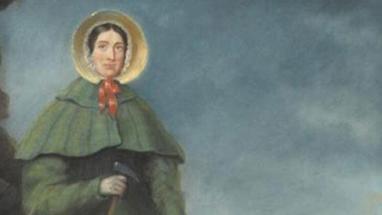
Mary Anning
He is a famous fossil collector and paleontologist born in 1799. When he was only 10-12 years old, he discovered dinosaur remains and unearthed these remains as a whole. Thanks to its fossil discoveries and studies, it is considered to be one of the most important scientists in the world in these fields.
5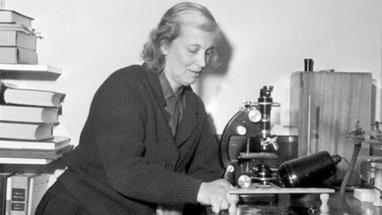
Dorothy Crowfoot Hodgkin
Dorothy Mary Crowfoot Hodgkin, British scientist, founder of protein crystallography. He pioneered the X-Ray crystallography technique used to determine three-dimensional structures of biomolecules. Their most important achievements are the discovery of the molecular structures of cholesterol, penicillin, vitamin B12, and insulin. He was awarded the 1964 Nobel Prize for Chemistry with his work on vitamin B12.
6
High school meitner
High school Meitner, Austrian physicist. He worked on nuclear physics and radioactivity. He made the theoretical interpretation of Fizyon. On February 11, 1939, together with Otto Frisch, they published an article that would change the world: "Fragmentation of uranium with neutrons: a new type of nuclear reaction". In these articles, by referring to Hahn and Strassmann's experiments and using the droplet model of the kernel; They suggested that barium was caused by the breakdown of uranium. They named this event the fission and calculated that approximately 200 million electron volts (200 MeV) of energy were released from the nuclear fission reaction in a nucleus.
7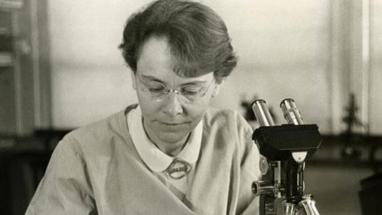
Barbara McClintock
Barbara McClintock, American scientist awarded with the Nobel Prize in Physiology or Medicine in 1983. It is considered one of the most important cytogeneticists in the world. McClintock received his PhD from Cornell University in 1927 in the field of botany. Since the late 1920s, McClintock has worked on chromosomes and how corn changed during reproduction, and for the first time produced a genetic map of corn. He won the Nobel Prize in Physiology or Medicine for his discovery of transposons.
8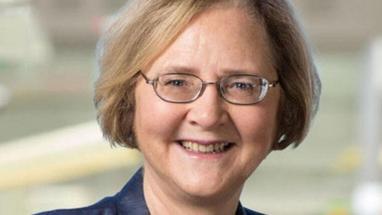
Elizabeth Blackburn
Elizabeth Helen Blackburn is an Australian-born American molecular biologist. He is known for his work on structures named telomere, which are located at the ends of the chromosomes and protect the chromosomes. It is among the explorers of the telomerase enzyme, which is effective in making telomeres. He won the Nobel Prize in Physiology or Medicine in 2009 with Carol W. Greider and Jack W. Szostak for his work. He also has studies on medical ethics.
9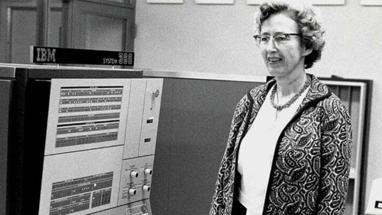
Grace hopper
Rear Admiral Grace Murray Hopper is an American computer scientist and a rank in the U.S. navy. Hopper, one of the first programmers of the Harvard Mark I computer, developed the first compiler for computer programming languages. He was one of the developers of COBOL, one of the first modern programming languages.
10
Jocelyn Bell Burnell
Dame Susan Jocelyn Bell Burnell, Northern Irish astrophysicist. When he was a graduate student, he discovered the first radio pulsars. Although he first observed and analyzed pulsars, Bell Burnell did not share the Nobel Prize in Physics with his thesis advisor, Antony Hewish.
11th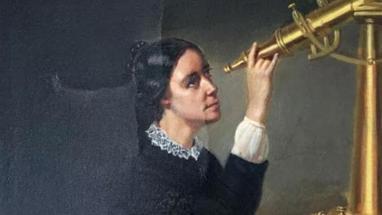
Maria Mitchell
Maria Mitchell is an American astronomer who discovered the comet known as the "Miss Mitchell Comet" in 1847 with the help of a telescope. Thanks to this discovery, Mitchell was awarded the gold medal presented by the King of Denmark, Frederick 7. It is unusual and important to give this award to a woman at that time. Mitchell is the first American woman to be an astronomer profession.

